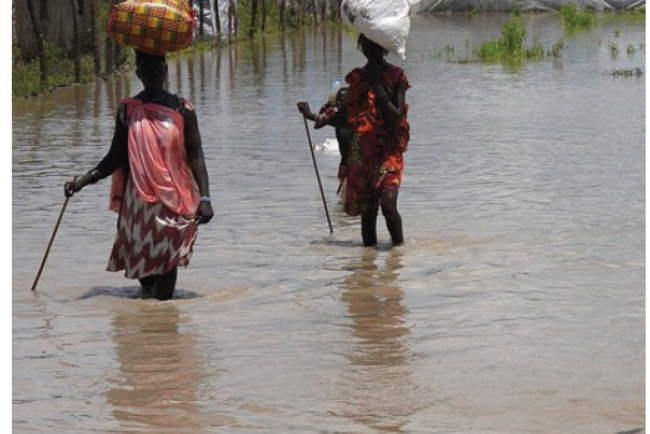Nile Basin Seasonal Hydrological Outlook October-December 2024 Season

The Nile River Basin provides an invaluable source of livelihoods to over 300 million people in the eleven riparian countries of Burundi, Democratic Republic of Congo, Egypt, Eritrea, Ethiopia, Kenya, Rwanda, South Sudan, Sudan, Tanzania, and Uganda. It is of unparalleled social, historic and economic importance in the region for both upstream and downstream nations. The basin is extremely sensitive to changes in meteorological forcings such as precipitation and evapotranspiration with variations impacting both river flows and lake levels. Increase in temperature affects the rates of evaporation and evapotranspiration influencing the water balance of the basin.
Seasonal variations frequently lead to alternating hydrological extreme with flood and droughts being the most common hazards. Given the centrality of the Nile water resources to the economic and social development of the basin countries, it is important to have a good understanding and accurately monitor and predict these changes to support planning, management and disaster risk reduction strategies in the basin. These changes pose significant risks to the environment, economies, and societies in the basin. Early warning systems and information play a crucial role in mitigating these risks by providing timely information that allows vulnerable communities and Member States to prepare and respond effectively hence reducing their risk to hydrological disasters.
Following the release of the climate outlook for October-November-December (OND) 2024 season released by the Intergovernmental Authority on Development (IGAD) Climate Prediction and Applications Centre (ICPAC) at the 68th Greater Horn of Africa Climate Outlook Forum (GHACOF 68), regional hydrological experts gathered in Nairobi, Kenya from 21st to 22nd August 2024 to analyse the implication the climate outlook on the Nile Basin hydrology.
This report presents expert’s assessment and implications of the OND Climate Outlook on the basin hydrology. This includes, simulations, forecasting of river flows and lake levels and anticipated impacts on water resources, energy and agriculture, food security, lives and livelihoods and flooding risk areas within the basin. It also provides specific country and basin wide recommendations and advisories to guide Member States in the planning and strategic response for risk reduction to any disaster related to hydrological extremes in the basin.
